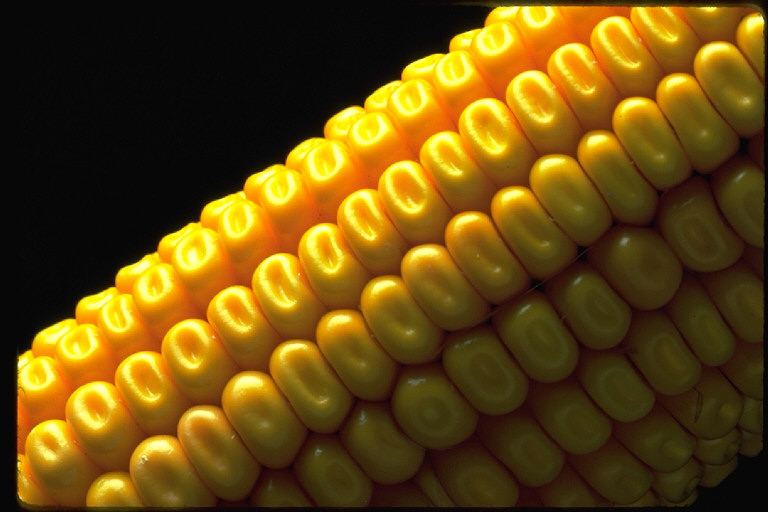Study: Mapping the maize genome

Researchers publish a detailed positional cloning protocol to locate genes within the large and complex maize genome.
Maize is one of the most important cereal crops in the world. The complete genome of maize has been sequenced, but its size and complexity presents a challenge to researchers seeking to identify specific genes responsible for traits. Positional cloning has been used successfully in smaller genomes; researchers have applied this mapping technique to the maize genome and have published their protocol in an article- the first detailed step-by-step protocol on positional cloning.
Positional cloning is a genetic mapping technique used to pinpoint the location of specific traits of interest, such as disease-causing genes or mutations, within the genome. This map-based technique involves crossing mutant individuals with wild-type individuals and examining the offspring in order to localise a candidate region in the genome for the mutation. By identifying genetic markers that are linked to the trait, progressively more precise areas on a chromosome are defined until the gene is identified.
“Maize is the most important cereal crop in the US, and one of the most important in the world,” says Clinton Whipple, an author of the study. He adds “We originally worried that the large size of the maize genome would make positional cloning unrealistic, requiring very large mapping populations. However, these fears turned out to be largely unwarranted”.
With the complete sequence of the maize genome now available, positional cloning can be used to identify genes responsible for traits caused by mutations as well as by natural genetic variation.
Although this technique is not new and has been used by geneticists for quite some time, no general protocol has been previously published. “While we have focused on maize, much of what we have described can be applied to any plant species that is genetically tractable and has a sequenced genome”.
The research has been published by the Botanical Society of America.
Reference: Andrea Gallavotti and Clinton J. Whipple. 2015. Positional cloning in maize (Zea mays subsp. mays, Poaceae). Applications in Plant Sciences 3(1): 1400092. doi:10.3732/apps.1400092











